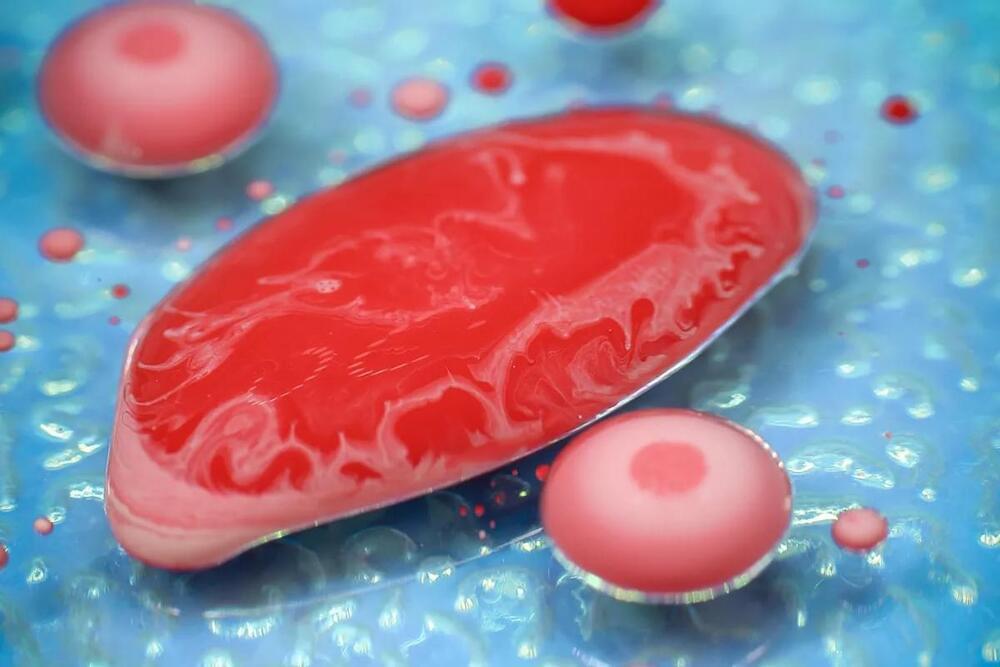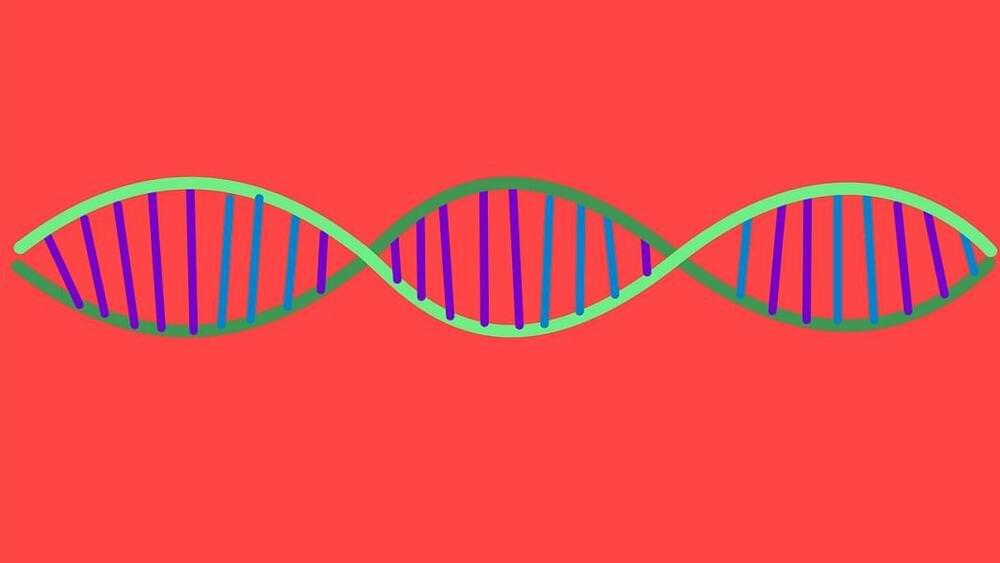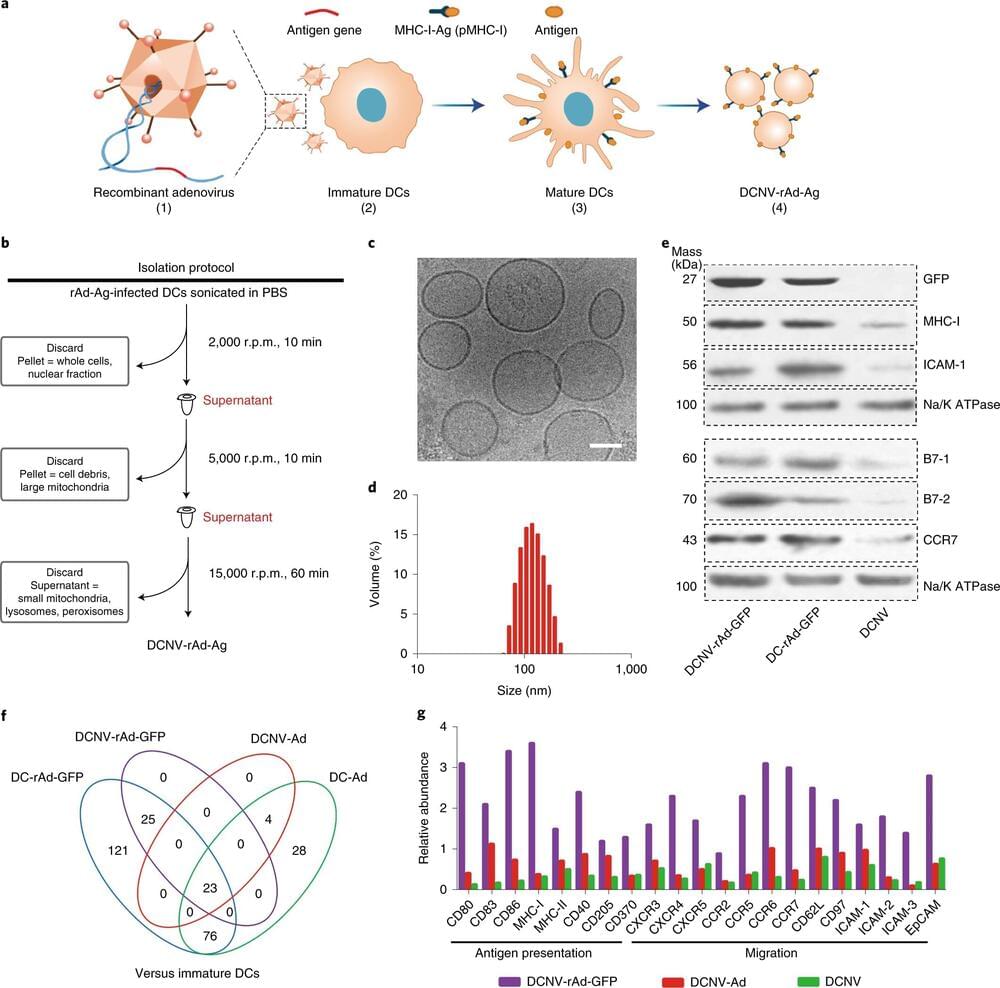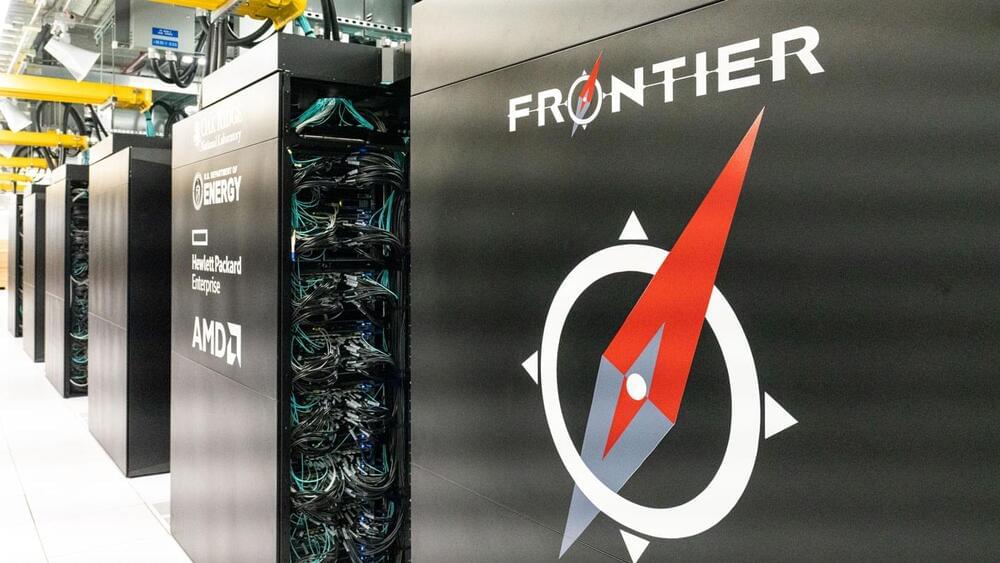The 179-year-old tool company Stanley Black & Decker is becoming a model e-commerce player, as global digital enterprise Vtex has helped it transform its digital offering to stay ahead of the game.
The Ingenuity chopper on Mars has lost an instrument that helps it navigate. Flight controllers have found a work-around.
Things are getting challenging for the Ingenuity helicopter on Mars. The latest news from Håvard Grip, its chief pilot, is that the “Little Chopper that Could” has lost its sense of direction thanks to a failed instrument. Never mind that it was designed to make only a few flights, mostly in Mars spring. Or that it’s having a hard time staying warm now that winter is coming. Now, one of its navigation sensors, called an inclinometer, has stopped working. It’s not the end of the world, though. “A nonworking navigation sensor sounds like a big deal – and it is – but it’s not necessarily an end to our flying at Mars,” Grip wrote on the Mars Helicopter blog on June 6. It turns out that the controllers have options.
Like other NASA planetary missions, Ingenuity sports a fair amount of redundancy in its systems. It has an inertial measurement unit (IMU) that measures accelerations and angular rates of ascent and descent in three directions. In addition, there’s a laser rangefinder that measures the distance to the ground. Finally, the chopper has a navigation camera. It gives visual evidence of where Ingenuity is during flight or on the ground. An algorithm takes data from these instruments and uses it during flight. But, it needs to know the chopper’s roll and pitch attitude, and that’s what the inclinometer supplies.
Since it failed, the team had to find a way to impersonate the inclinometer. So, they applied a software patch to the code running on Ingenuity’s flight computer. It intercepts what Grip describes as “garbage packets” of data and replaces them with good data. Essentially, the flight controllers tricked the copter’s navigation algorithms into thinking that the data they have came from the inclinometer.
New research has uncovered how genetic changes that accumulate slowly in blood stem cells throughout life are likely to be responsible for the dramatic change in blood production after the age of 70.
The study, by scientists at the Wellcome Sanger Institute, the Wellcome-MRC Cambridge Stem Cell Institute and collaborators, has been published in the journal Nature.
Longevity. Technology: Has our understanding of one of the mechanisms of aging taken a quantum leap? Molecular damage accumulates throughout our lives, gradually increasing year-on-year as we suffer telomere attrition, mutation, epigenetic change and oxidative and replicative stress. It’s a double whammy as our ability to repair this damage also declines as we age, but given the gradual nature of these processes, why, as the paper authors themselves put it, “Is there an abrupt increase in mortality after 70 years of age? [1]”.
we will be bringing you extracts from 9 trailblazer profiles from our new Neurotech report – dynamic and innovative companies we feel are driving this exciting space. Each profile includes a flagship product deep dive which offers a forensic consideration of product development, efficacy, target market, channels to market, success factors, IP and funding.
AE was born of the vision to increase human agency for end users through the technology the group develops for their partners and their wholly-owned and operated skunkworks companies. Running a highly collaborative agile process, these efforts are extended by investing heavily in the brain computer interface (BCI) space. BCI represents, to AE, the pinnacle of agency increasing tech with massive implications for users and the whole of humanity.
A study published last week in Molecular Cell took a step towards that radical new concept for CRISPR. Led by Dr. Jennifer Doudna at the University of California Berkeley, who shared a Nobel Prize as a pioneer in the field, the study honed in on Cas9’s less famous and far more enigmatic cousin, Cas12c.
It’s the black sheep of the Cas family. Unlike other members, Cas12c completely lacks the ability to cut DNA. Instead, in bacteria cells, it binds onto invading viruses and protects vulnerable cells without shredding the virus’s DNA. The end result is a powerful antiviral defense system that doesn’t tax the host cell’s inner workings—yet makes it invincible to certain viral infections.
The study shows that chopping up viral DNA isn’t the only route for antiviral defense, at least in bacteria cells, the authors said. But more importantly, we’ve only begun scratching the surface of CRISPR gene editors.
Organic farmers are returning to an unusual tool in the fight against weeds — fire. Called ‘flame weeding’ the process involves either using a small, handheld flamethrower, or installing a pretty hardcore row of flamethrowers onto the front of a tractor and slowly driving through fields of crops singeing the weeds in between the rows.
Flame Engineering, Inc. specializes in developing and selling flame weeding equipment and says the technique is rooted in science. The company’s website explains that the technique is not about blasting the weeds to kingdom come, but rather about focusing on destroying cell structure.
“Flame weeding is what we like to call a ‘slow kill.’ Essentially, you are destroying cell structure in the plant leaf. The weed will no longer put energy toward growth (photosynthesis) taking the kill through the root system. YES, flame weeding will kill the roots too! Even on big weeds (over 6″), you will see a stunning effect and even a kill within a few days, depending on how established the root system is and how long the plant was exposed to heat.”
As people across the globe look forward to longer life expectancies, malignant cancers continue to pose threats to human health. The exploration and development of immunotherapy aims to seek new breakthroughs for the treatment of solid tumors.
The successful establishment of anti-tumor immunity requires the activation, expansion and differentiation of antigen-specific lymphocytes. This process largely depends on specific interactions between various T cells and antigen-presenting cells (APCs) in the body. However, existing tumor vaccines, such as neoantigen vaccines and various vector vaccines, all rely on random interactions with APCs in the body. Furthermore, inappropriate interactions may lead to the silencing of other immune responses.
Although immune checkpoint-based immunotherapy has been shown to have great potential, only a small proportion of patients fully respond to this therapy, and the relevant molecular mechanisms need to be further explored. This delivery method is however complex and inefficient.
Neoadjuvant chemotherapy and radiation followed by surgical resection of the rectum is a standard treatment for locally advanced rectal cancer. A subset of rectal cancer is caused by a deficiency in mismatch repair. Because mismatch repair–deficient colorectal cancer is responsive to programmed death 1 (PD-1) blockade in the context of metastatic disease, it was hypothesized that checkpoint blockade could be effective in patients with mismatch repair–deficient, locally advanced rectal cancer.
We initiated a prospective phase 2 study in which single-agent dostarlimab, an anti–PD-1 monoclonal antibody, was administered every 3 weeks for 6 months in patients with mismatch repair–deficient stage II or III rectal adenocarcinoma. This treatment was to be followed by standard chemoradiotherapy and surgery. Patients who had a clinical complete response after completion of dostarlimab therapy would proceed without chemoradiotherapy and surgery. The primary end points are sustained clinical complete response 12 months after completion of dostarlimab therapy or pathological complete response after completion of dostarlimab therapy with or without chemoradiotherapy and overall response to neoadjuvant dostarlimab therapy with or without chemoradiotherapy.
A total of 12 patients have completed treatment with dostarlimab and have undergone at least 6 months of follow-up. All 12 patients (100%; 95% confidence interval, 74 to 100) had a clinical complete response, with no evidence of tumor on magnetic resonance imaging, 18 F-fluorodeoxyglucose–positron-emission tomography, endoscopic evaluation, digital rectal examination, or biopsy. At the time of this report, no patients had received chemoradiotherapy or undergone surgery, and no cases of progression or recurrence had been reported during follow-up (range, 6 to 25 months). No adverse events of grade 3 or higher have been reported.
The first exascale computer has officially arrived.
The world’s fastest supercomputer performed more than a quintillion calculations per second, entering the realm of exascale computing. That’s according to a ranking of the world’s speediest supercomputers called the TOP500, announced on May 30. The computer, known as Frontier, is the first exascale computer to be included on the biannual list.









